The timid muskrat
People often confuse the muskrat and beaver because the two animals share the same habitat and both are semi-aquatic. But there are significant differences. Weighing less than 1.5 kg, the muskrat (Ondatra zibethicus) is much smaller than a beaver, which weighs between 16 and 31 kg.
Both animals have a tail covered with scales, but the muskrat’s is long, tapering and slightly flattened vertically, while that of the beaver is bigger and horizontally flattened. In contrast to the beaver, the muskrat’s rear paws are not webbed. In fact, the muskrat is a large field mouse adapted to life in the water. That should clear up the confusion. At least, I hope so.
In the wetlands close to rivers, streams and lakes, the muskrat feeds on aquatic plants, particularly pondweed and cattails. By limiting the proliferation of these plants, the rodent supports the presence of waterfowl.
In agricultural areas, it likes irrigation canals and may also come up onto solid ground to gnaw away at the crops. Where vegetation is sparse, it can turn to small fish, frogs or clams. You’ll sometimes see piles of empty shells beside ponds as a result of its feasting. The muskrat lives year-round in a burrow dug into the bank of a stream or river.
As winter approaches, it digs canals and builds shelters – out of vegetation and mud – on a mud platform. Once the pond water freezes these shelters serve as relay stations for its underwater expeditions. It propels itself by sculling with its tail and paddling with its back paws, and it can remain underwater for close to 15 minutes without breathing, calming gnawing on underwater plants.
The human is the principal predator of the muskrat, trapping it for its thick, glossy fur. But the flesh of this prolific animal is also enjoyed by many kinds of winged or four-footed predators. It’s not surprising that the muskrat is timid and shy, diving underwater at the slightest sign of danger.
More from this author by clicking on his photo below.


Jacques Prescott131 Posts
Jacques Prescott est biologiste, professeur associé à la Chaire en éco-conseil de l’Université du Québec à Chicoutimi. Spécialiste de la biodiversité et du développement durable, il est l’auteur de nombreux livres et articles sur la faune et la conservation de la nature. Il nous fait l’honneur de rejoindre notre équipe de collaborateurs et signera chaque mois une chronique intitulée Faune et flore. / Jacques Prescott is a biologist, associate professor with the Chair in Eco-Counselling of the Université du Québec à Chicoutimi. A specialist in biodiversity and sustainable development, he is the author of numerous books and articles about wildlife and nature conservation. He has honoured us by joining our team of contributors and will write a monthly column entitled Wildlife and Habitat.
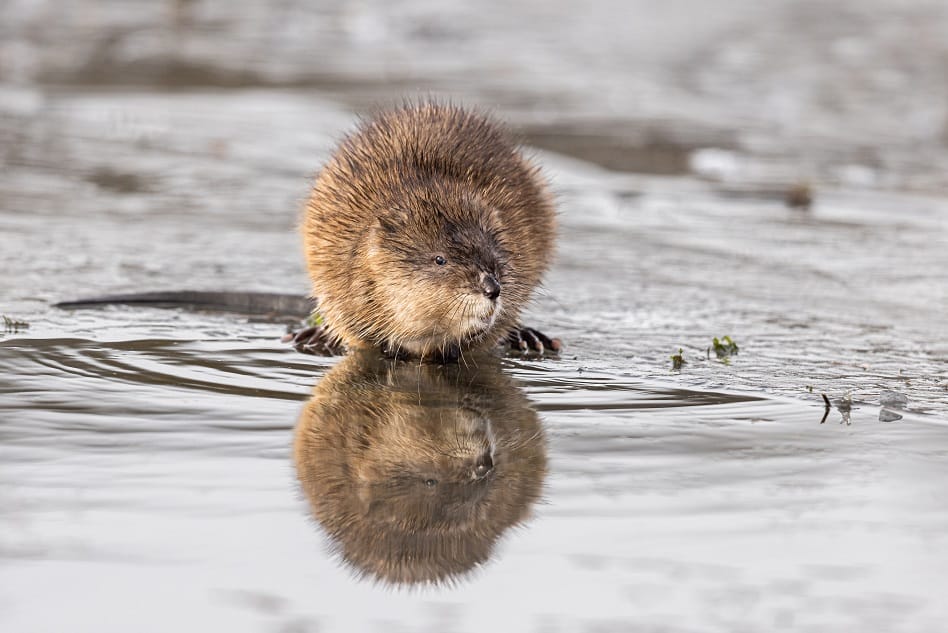


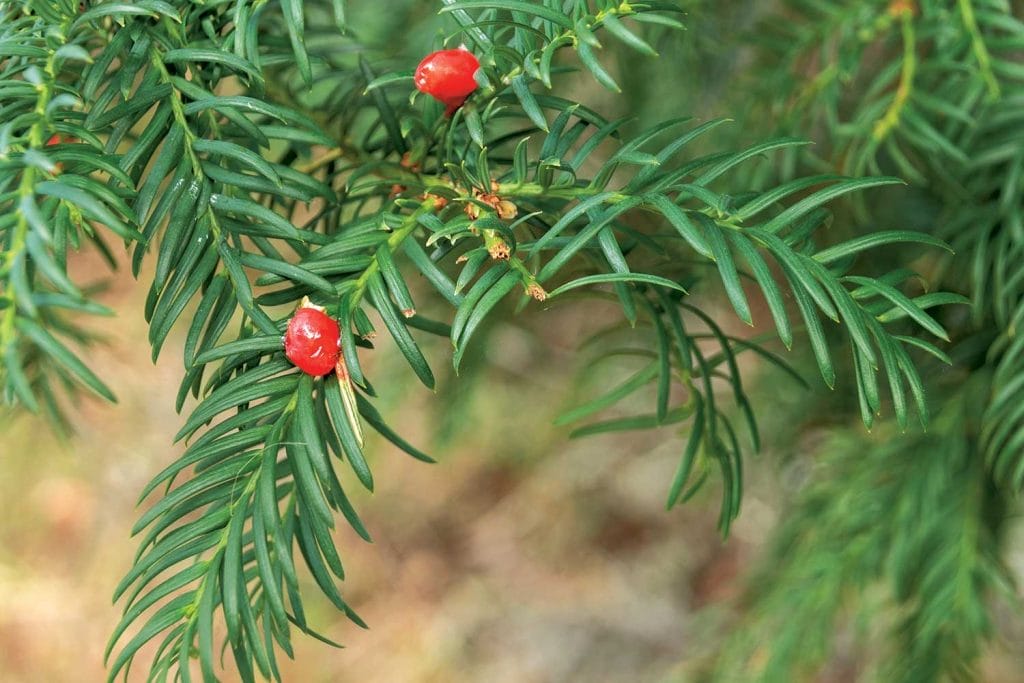
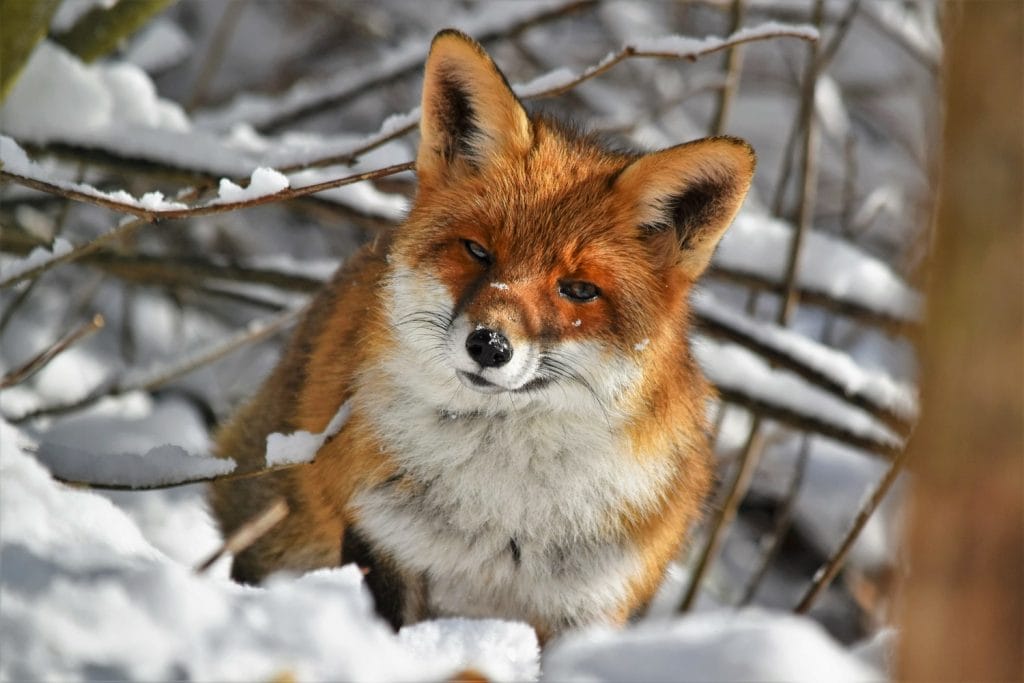
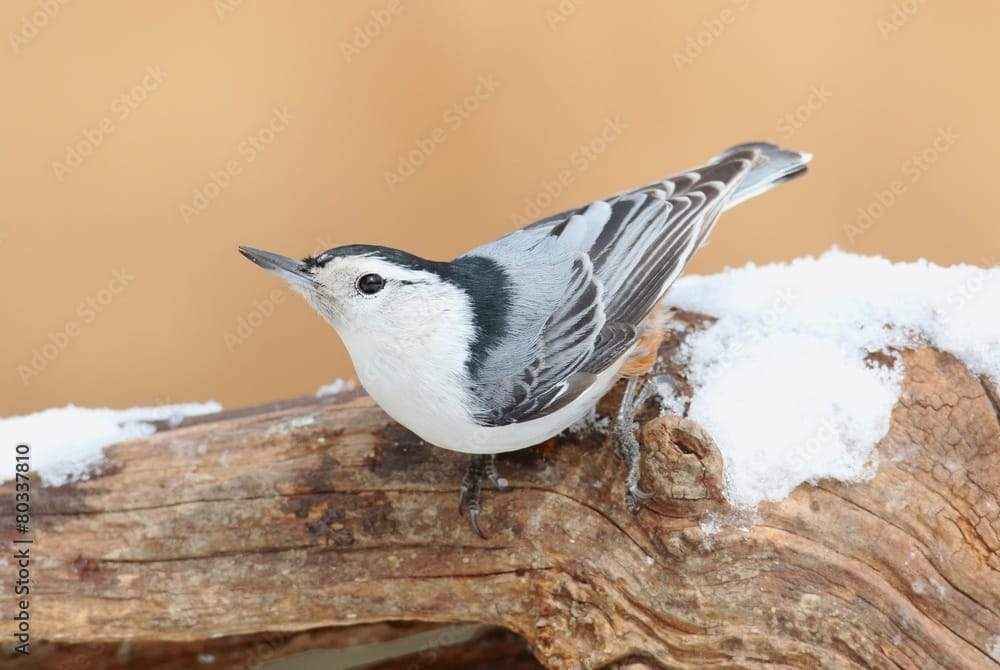
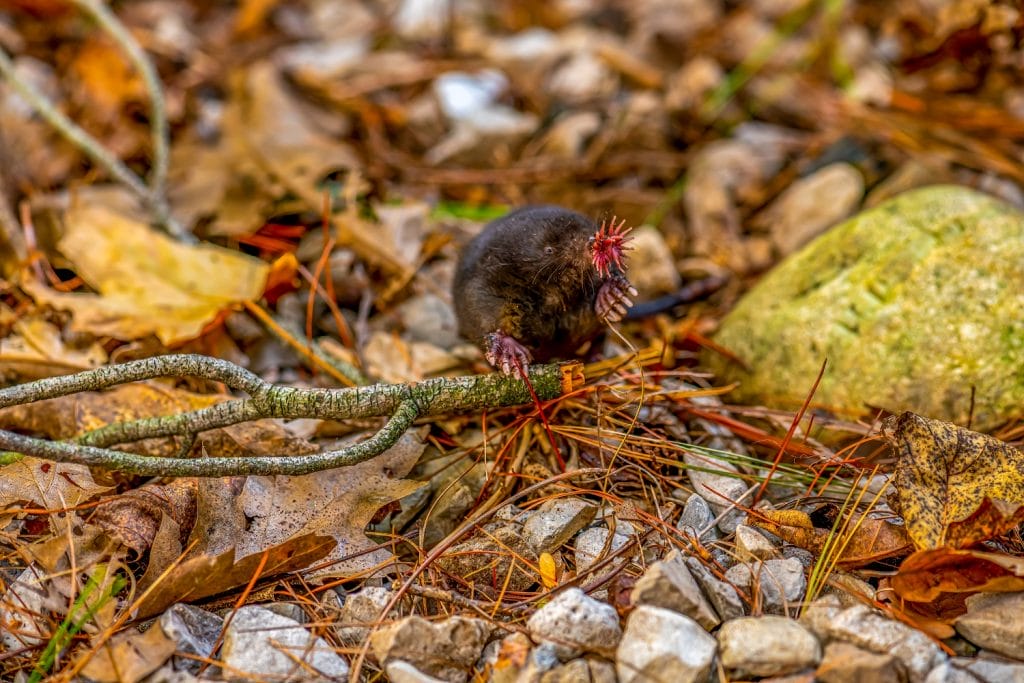
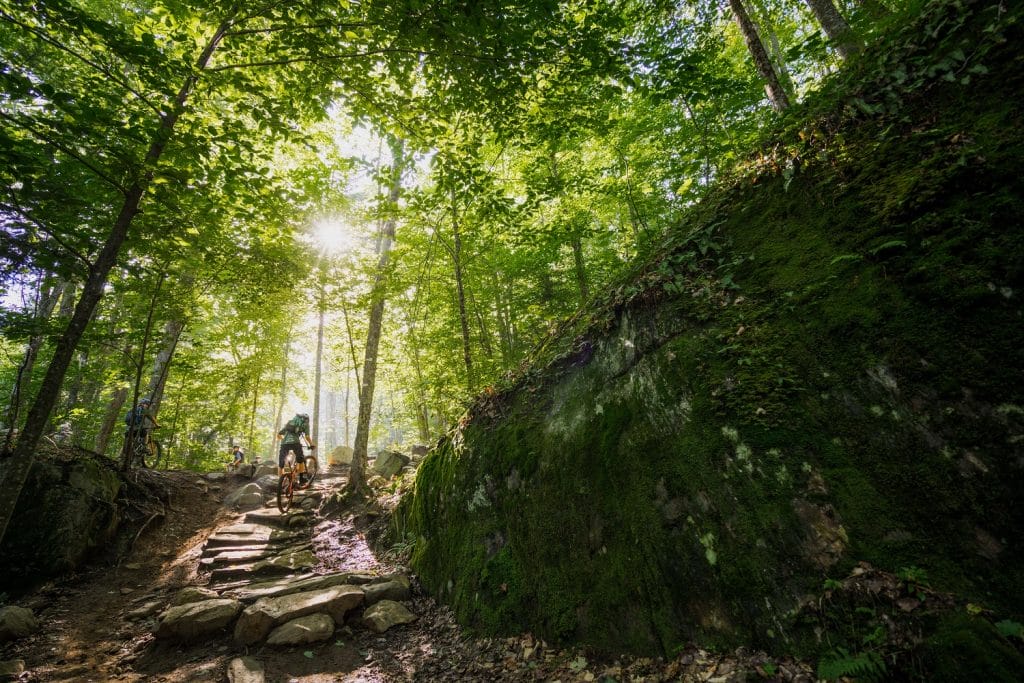
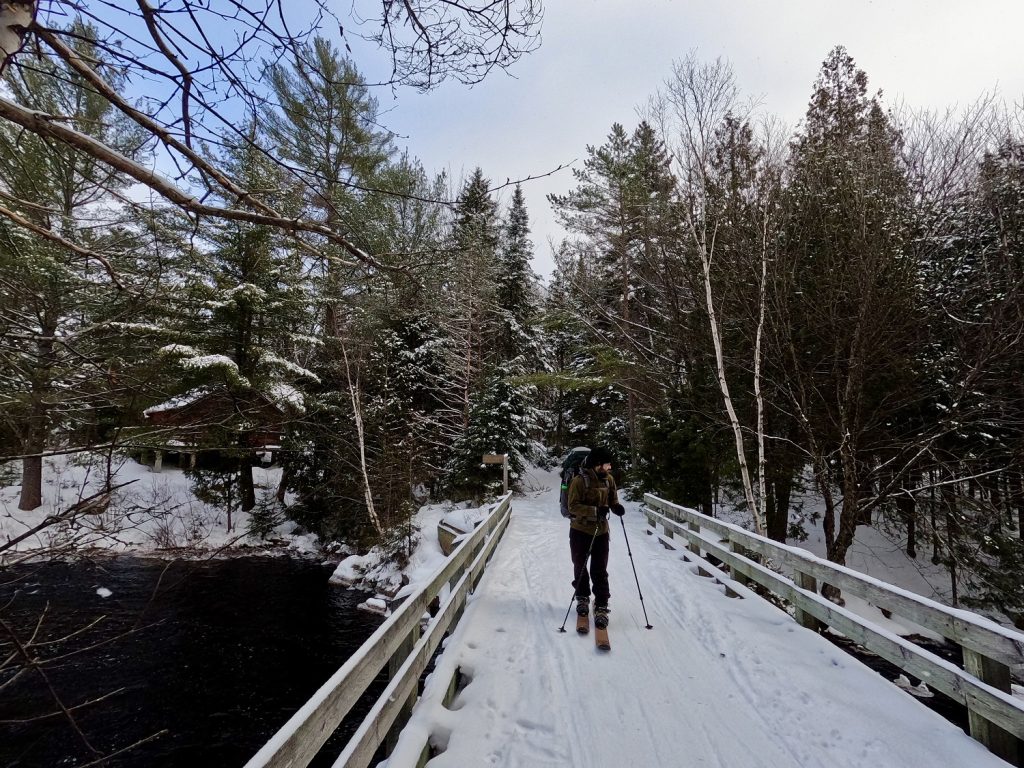

0 Comments